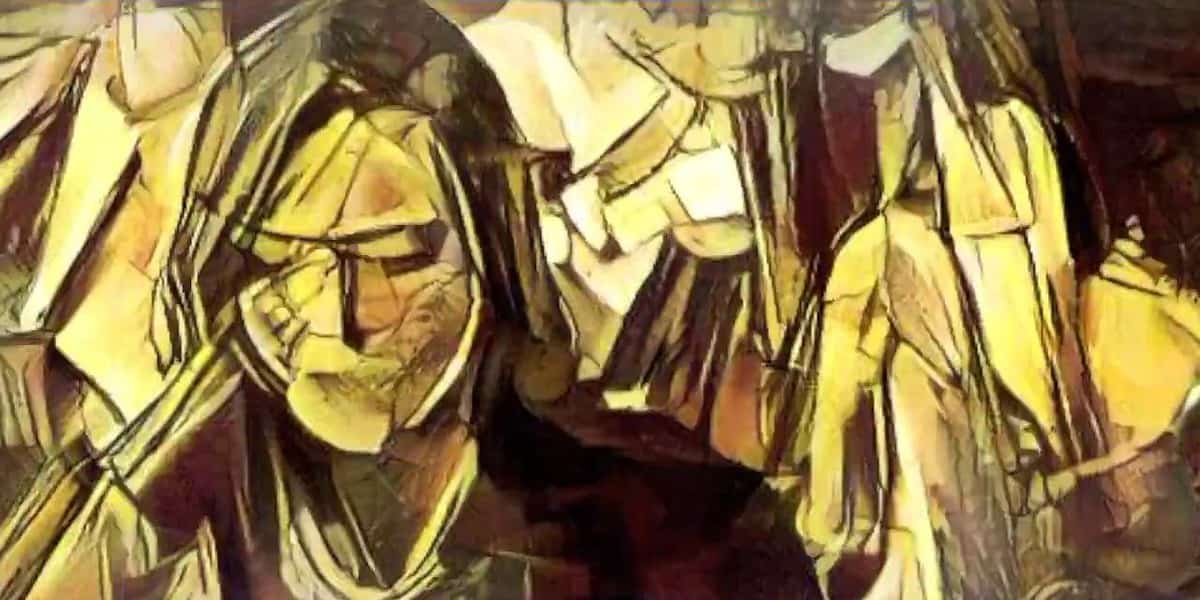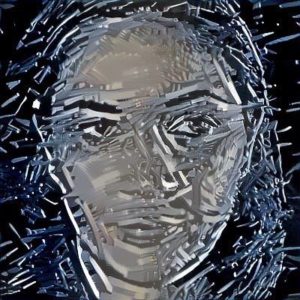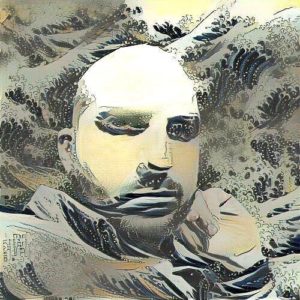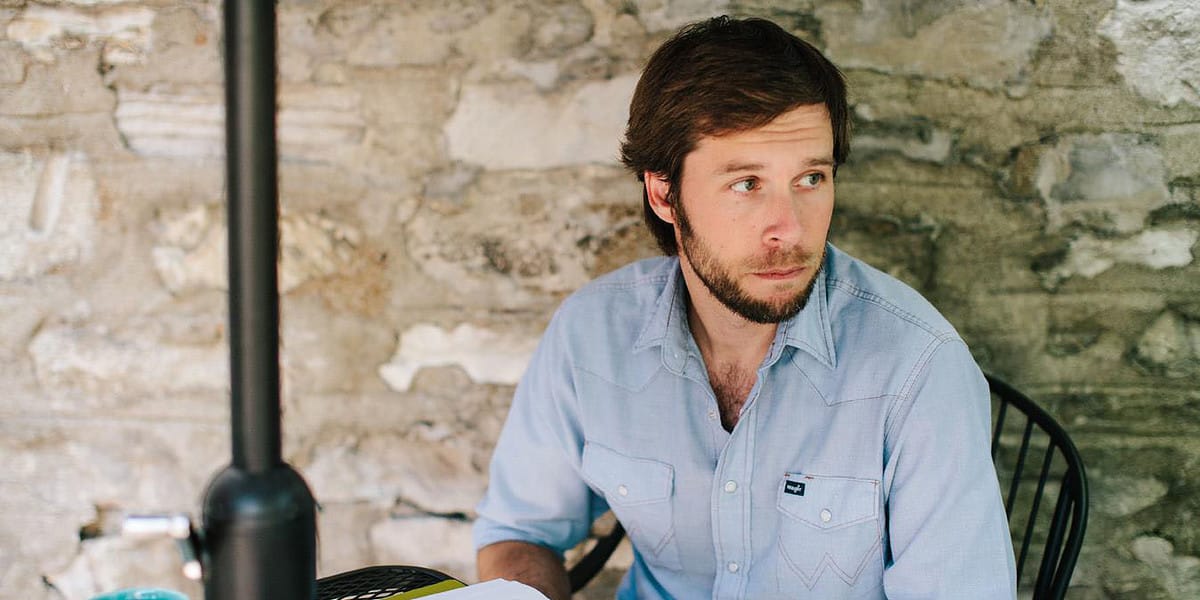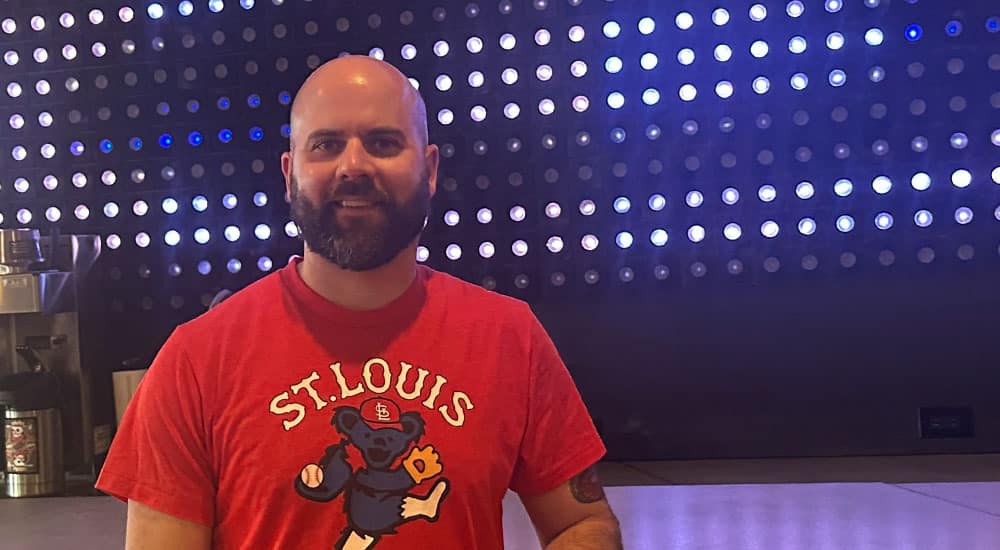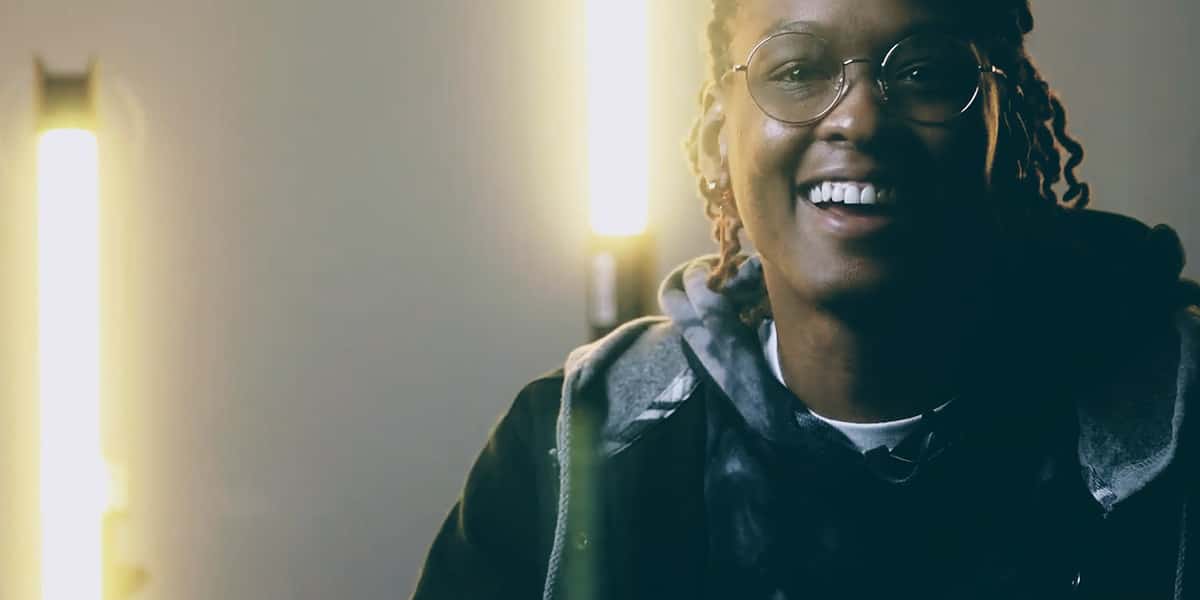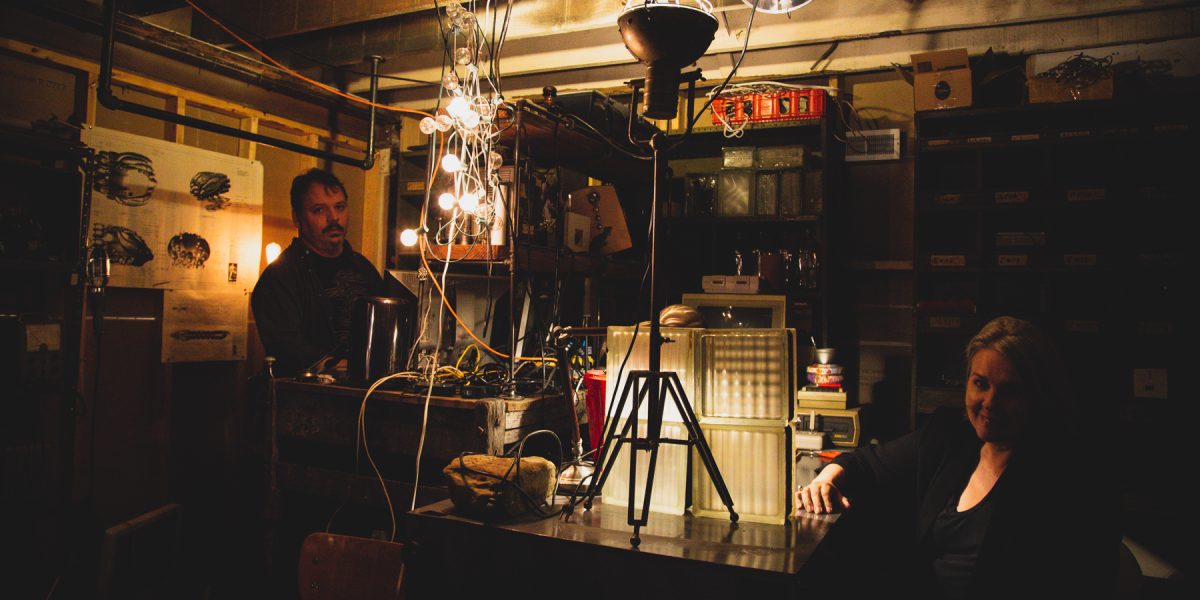Pikazo is among the first businesses to move to the Schoolhouse, a complementary office complex to the nearby Nebula. Here, Amy VanDonsel, Program Manager of Pikazo, discusses both the history of that project, which had been headquartered at Nebula, and the company’s move to the former St. Matthew’s Schoolhouse, 3449 South Jefferson.
(We’ll also note, before learning of Pikazo, that there’ll be an open house at the space, built in 1889. Here’s info.)
=====
For starters, maybe we could get the shorthand, 101-version of the history of Pikazo and how you came to be part of the project?
OK, so… I don’t want to get too technical, but the story begins a bit technically… I’ll do my best!
In August 2015, a team of computer scientists published a paper called “A Neural Algorithm of Artistic Style.” The paper presented a new artificial system based on a Deep Neural Network. In this context, as applied to computer vision, Deep Neural Networks are biologically inspired vision models, meaning they are designed to perceive in the same way which we do using the visual cortexes in our brains which process the visual information that we see. Prior to that time, just over a year ago, Deep Neural Networks had recently demonstrated near-human performance in object and facial recognition. But with the publication of their work, Gatys and his colleagues sought to deepen these achievements with an “algorithmic understanding of how humans create and perceive artistic imagery.” Their system uses neural representations to separate and recombine the content and style of arbitrary images, for creating artistic images in the same way that humans create and perceive visual fine art using their biological vision. Immediately following publication, several technologists began experimenting with this system and published their projects in open-source repositories.
This paper, and related work, caught the interest of Karl Stiefvater. Karl is a computational artist with more than 25 years experience in the field of computer graphics. For example, he created effects for the Nebuchadnezzar destruction sequence in “The Matrix: Reloaded” and the procedural generation of the bottomless pit in the movie “300.” In 2015, he began experimenting with neural art and neural style, building on the open-source algorithms and concocting a “special sauce” which eventually congealed into the Pikazo app.
Last autumn, Karl shared his findings with friend and colleague Noah Rosenberg, who was immediately enthused. After a 10-year career running international ad agencies for Ogilvy and IPG, Noah began founding his own companies, including happyMedium, which “invented for brands,” performing innovation as a service for Warby Parker, AB/Inbev, Maritz, and Edward Jones, and Ochre, launching startups from zero to one for innovation-challenged enterprises.
Together, Noah and Karl formed Pikazo, Inc., in November of last year, along with Karl’s wife Lisa Donahue, who brought her background in project managing for visual software tools, and Software Engineer (and local musician) Ryan McNeely. I’ve known Karl and Lisa since 2007, often pestering Karl with questions relating to my harebrained ideas about art and technology. When they needed to add a utility player to their team they asked me to join Pikazo, and I now use my background in the arts, event planning, and administrative support, as well as my interest in tech, to work as Program Manager.
What are the next notable benchmarks for the app?
We just released our third version of the software for iOS, which integrates Siri in conjunction with Apple’s latest operating system. Next week, we’ll begin beta testing the second version of the app for Android. We’ve been invited to demo our product in Photo Booth form at several exciting events lately, including a reception at the San Francisco Museum of Modern Art, and next up we’ll be doing our second event in partnership with Intel. We’re also thrilled to be working with several local artists to add their unique styles to our app, and looking forward to potential collaborating with other creative agencies on world class art installations, maybe even internationally.
Why and how was Nebula chosen as a good place to work?
Nebula is great for us because of the community, the location, and the flexibility. Karl began here with his cool basement laboratory dungeon, and we expanded with five full time employees and a handful of interns working in various spaces at Nebula as the need arose.
What’s good about working at a site like yours, as opposed to being in a tech zone like Cortex?
We love the location. We all live within walking and biking distance of Nebula, and also enjoy walking to our favorite coffee shops and lunch spots, as well as being a part of the art and business community on Cherokee Street.
How much are you able to tap into Cherokee’s artistic and creative community?
It makes spontaneous, organic collaboration simple and efficient. On a coffee break, we’ll run into an artist we’ve been wanting to collaborate with, work out the details, and in a couple of days we’re popping over to their studio, which is just around the corner, to photograph the work.
Can you speak, early-on, about working in a closer-in pod at the Schoolhouse, as opposed to being spread out over Nebula? What’s nice about proximity to one another?
Just like the proximity to Cherokee’s artistic community, our proximity to one another makes spontaneous, organic collaboration within our group simple and efficient. We like being able to open our office doors sometime and listen to the same music or chat with one another, while the space still gives us privacy when we need it.
What do you like about the current space, whether functionally or aesthetically?
It’s gorgeous! We’re art people, designers and creatives, and while aesthetics aren’t always essential, we appreciate them so much. The details of the space are fantastically finished, and the natural light is wonderful.
How does the space differ from a “this will happen” perspective to the “wow, we’re really here” setting today?
Well, our move corresponded with a lot of travel for our team, so we haven’t all been in the space together immediately quite as much as we imagined. We’re looking forward to getting more settled in and having guests visit us later this month during the building’s official unveiling celebration.
-30-
